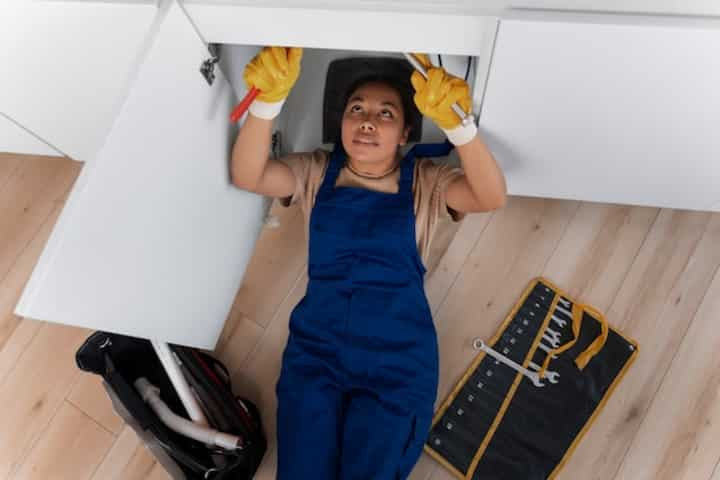
Emergency Ceiling Water Damage Restoration in TX Quick Solutions
Ceiling water damage can be a homeowner's nightmare, often leading to costly repairs and potential health hazards. In Texas, where weather conditions can be unpredictable, residents may face the urgent need for ceiling water damage restoration. Quick and efficient solutions are essential to mitigate damage, prevent mold growth, and maintain structural integrity. This article delves into the causes of ceiling water damage, the steps for effective restoration, and preventive measures to protect your home.
Understanding Ceiling Water Damage
Water damage to the ceiling can occur due to various reasons. Understanding these causes is crucial for effective restoration and prevention.
Common Causes
- Leaking Roofs: Damaged or missing shingles, improper sealing, and poor roof maintenance can lead to water seeping through and affecting the ceiling.
- Plumbing Issues: Burst pipes, faulty fixtures, or leaks in the attic plumbing can contribute to water accumulation in the ceiling.
- Condensation: Inadequate ventilation or insulation can result in condensation build-up, causing moisture damage over time.
- Natural Disasters: Heavy rainstorms, hurricanes, or flooding can lead to immediate and severe water damage.
Steps for Quick Restoration
When faced with water damage, quick action is essential to minimize further damage and reduce repair costs. Here are the recommended steps for effective restoration:
- Identify and Stop the Water Source: Locate the source of the water leak and stop it to prevent further damage. This could involve turning off the main water supply or repairing roof leaks.
- Dry the Affected Area: Use fans, dehumidifiers, and ventilation to dry out the ceiling and surrounding areas. Quick drying is crucial to prevent mold and mildew.
- Assess the Damage: Evaluate the extent of the damage to determine whether a simple repair or a complete replacement is necessary.
- Repair or Replace: For minor damages, patch up the affected areas and repaint. In severe cases, remove and replace the damaged sections of the ceiling.
- Prevent Mold Growth: Apply mold inhibitors and ensure the area is thoroughly dry to prevent mold and mildew growth.
Find additional information here on effective water damage restoration techniques.
Preventive Measures
Prevention is always better than cure when it comes to ceiling water damage. Implementing preventive measures can save time, money, and stress in the long run.
Regular Maintenance
- Inspect the roof regularly for signs of damage or wear and repair promptly.
- Maintain plumbing systems and address leaks immediately to prevent water accumulation.
Improve Home Insulation and Ventilation
- Enhance attic insulation to prevent condensation-related damage.
- Ensure proper ventilation in the attic and throughout the home to reduce moisture build-up.
Invest in Quality Materials
- Use high-quality, weather-resistant materials for roofs and ceilings to withstand harsh weather conditions.
- Consider water-resistant paints and sealants for added protection.
Learn more in this detailed guide about preventive strategies for water damage.
Conclusion
Ceiling water damage is a serious issue that requires immediate attention. Understanding its causes and implementing quick restoration solutions can significantly reduce the impact on your home. Additionally, taking preventative measures can help safeguard against future incidents. For more insights into managing and preventing water damage, explore further insights here.